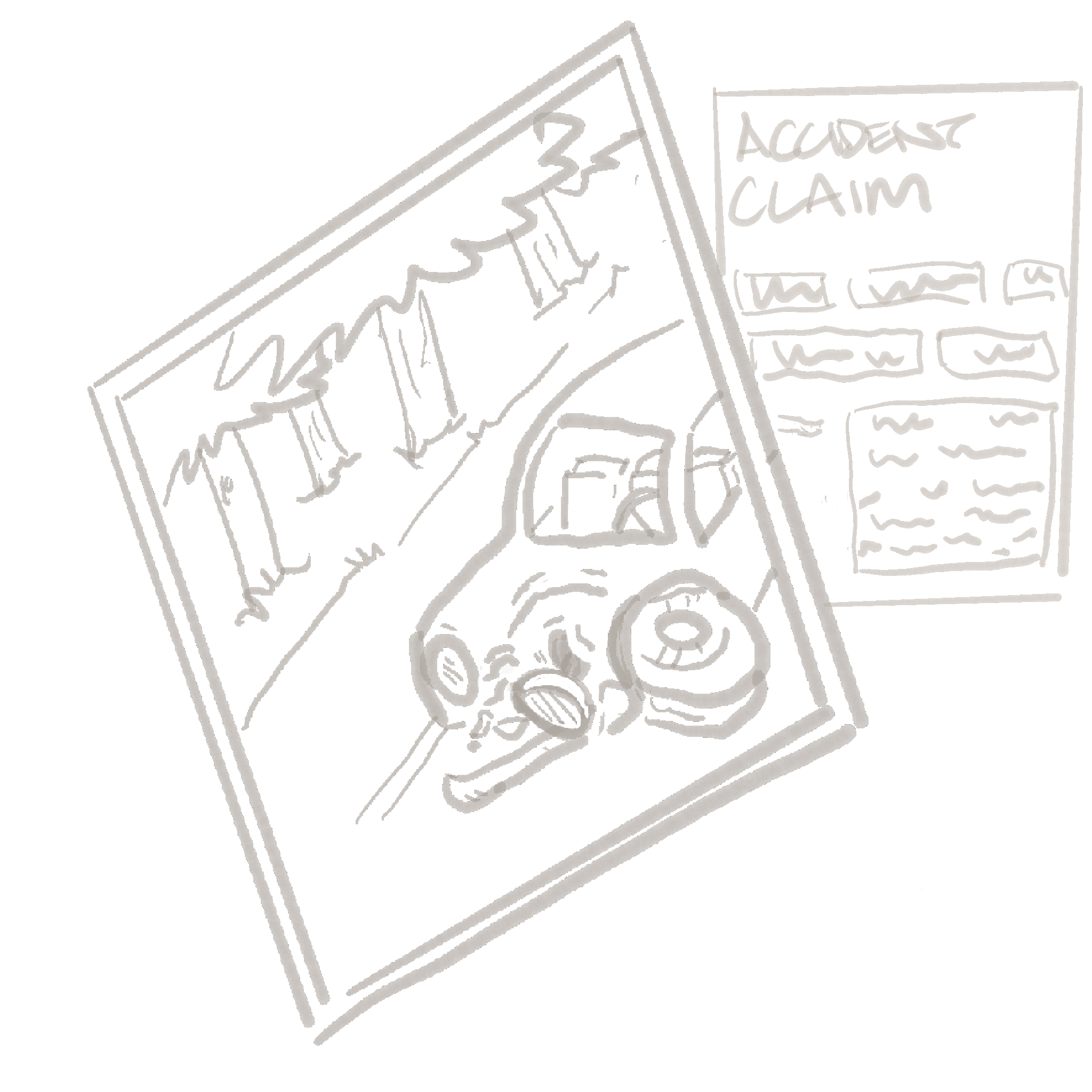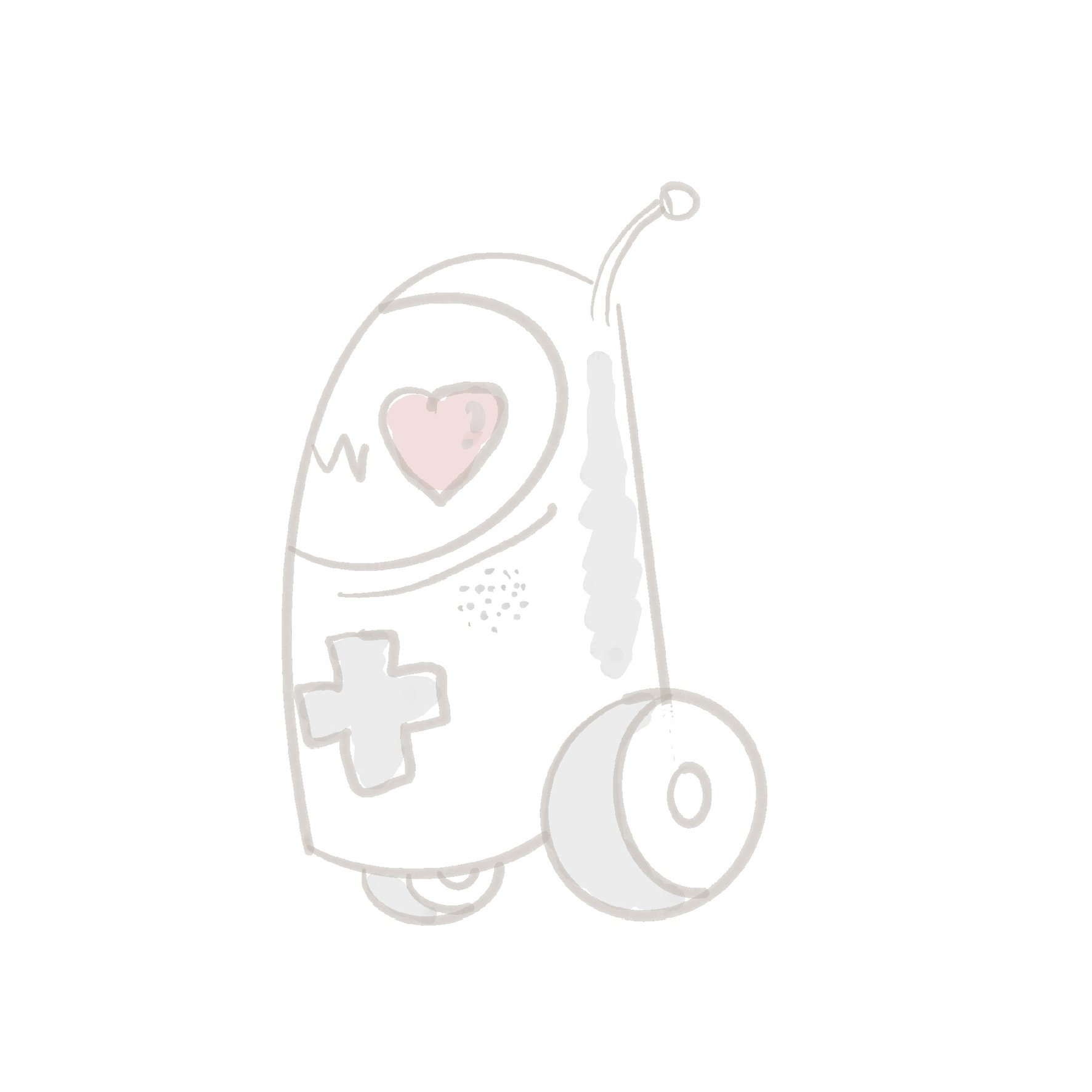AI Series – How Computer Vision and Robotics can enhance or change your existing customer service landscape.
Exploring Computer Vision's Impact on Industries and the Intelligence of AI-Powered Robotics. In this instalment of my introduction to AI, I am covering Computer Vision and Robotics, if you are interested in Machine and Deep Learning or Natural Language Processing (NLP) check out my earlier posts.
Computer Vision
Computer Vision covers how Machines see and extract information that is presented in images such as photos, video and live camera views. It relates to AI's ability to extract information from unstructured data, which we covered in my earlier post on NLP.
The application of which is being applied in industries such as:
Automotive: Supporting self-driving cars to interpret their surroundings and make adjustments using the real-time processing of live camera views. In doing so, it can recognise stop and speed limit signs and adjust accordingly.
Insurance: & E-commerce Insurance Managing insurance claims or reports of damage to property in photos supplied by the customer, the AI program can analyse the scale of damage and correlate this with what has been submitted in text formats.
Banking: In the banking sector, it can be used for cheque deposits where an image is sent as part of the deposit process. In doing so, the AI program can verify the amount, sources of funds and account information without the customer manually entering this information.
Environmental: You may have seen adverts where AI monitors tourist data of water habitats like coral reefs, allowing scientists to use photographs and video to monitor those areas and take action.
Food: Factory lines use this to assess and control labelling and inform decisions about placement quality, damage and visibility.
Health: It is being used to scan X-rays and other scans to determine the presence of abnormalities.
For many organisations, Computer Vision will streamline manual processes and drive efficiencies in customer support processes.
According to International Data Corporation (IDC), the total worldwide market for computer vision technologies will grow by $2.1 billion by 2023, from $760 million in 2020, with a compound annual growth rate of 57% expected through 2025, to a total market value of $7.2 billion.
Robotics
It is interesting when you see images related to AI, and predominantly the images are of robots. As we have covered, it is but a capability of AI programming, and there is a lot more to its capability. AI brings to robotics a level of intelligence that would not be present in other robots that are not using an AI program today.
Until recently, most industrial robots could perform repetitive movements. With the introduction of AI, a robot could perform more complex tasks that mimic human capability and both verbal and interactions.
Unlike many of the images you see, a robot is not limited to human form. Here are a few examples of them already working across industries.
Delivery Services: building off the advances in self-driving cars, the application is already being used for food and parcel delivery. I saw my first one in New York years ago, and friends in the UK say they are quite common to see now.
Health: These are used in administrative tasks like check-in services, monitoring vitals, and even assisting doctors in performing delicate surgical operations.
Food: You may also be aware that McDonald’s opened its first Automated outlet in Texas that uses AI robotics, and they have been using AI since 2019 in their drive-throughs on their digital menu boards to tailor options for promotions, trending food items in the area and even weather.
Manufacturing: Robots have been used in the manufacturing industry for decades. They perform tasks like assembling, welding, packaging, and shipping with great precision and efficiency. Recent developments in AI in manufacturing have introduced intelligent robots that can assess situations in real time and perform dynamic actions like the example of the labelling above in computer vision.
Damage Control and Maintenance: These are also applied to this industry by building off the manufacturing use cases. Where computer vision and robotics are being used to identify and service repairs. Abyss Solutions is an engineering firm that delivers infrastructure inspection solutions for land, air, and sea. It combines the power of computer vision and robotics to remotely inspect areas that would otherwise require several workers and hours, reducing inspection time from months to weeks.
Using robotics to support businesses will see an uplift as AI advances, and we see improvements across the AI spectrum and businesses adopting them as part of their service ecosystem.
AI in robotics has seen vast success across multiple industries and gained a significant market over the last few years. The AI robotics market stood at US $6.9 Billion in 2021 and is forecasted to reach US $35.5 Billion by 2026.
Conclusion and Next Steps
I hope you enjoyed this final instalment of my AI Introduction series. We've delved into the transformative capabilities of AI Machine and Deep Learning, NLP and now Computer Vision and Robotics. These AI-driven technologies are already revolutionising industries and introducing unprecedented intelligence to the business ecosystem.
We covered how Computer Vision enables machines to perceive and process information from visual data. AI-powered robotics mean that robots are no longer limited to repetitive tasks but can perform complex functions with human-like capabilities. I am excited about how these could be explored within your industry and business.
The next steps for businesses are to explore how these technologies can be integrated into your existing ecosystems, identify areas for optimisation and efficiency, and stay updated with AI developments. The AI journey is only beginning, and businesses that embrace this transformation will be at the forefront of innovation.
If you have any questions or want to engage me in my services. Please get in contact with me.


